Mastering the Life Cycle and Behavioral Patterns of Flying Termites for Superior Control
Flying termites, also referred to as “swarmers,” generally make their appearance as the seasons transition, especially when humidity levels increase during spring and early summer. These pests often go unnoticed during the colder months, quietly consuming wood and expanding their colonies, which presents a concealed threat to your home. The initial sighting of these swarmers inside your property signals that they may have been active for several months, potentially resulting in significant structural damage. Understanding their lifecycle and behavioral traits is vital for implementing effective termite management and prevention strategies, which are essential for safeguarding your home against these destructive insects.
The combination of warm temperatures followed by rainfall can lead to substantial swarms of termites, sometimes consisting of tens of thousands of individuals. Although witnessing such large gatherings can be unsettling, the chances of these swarmers establishing a new colony nearby are relatively minimal. These insects are instinctively attracted to light, which explains their frequent congregations around light fixtures within homes. By recognizing and understanding this behavior, you can maintain your composure and take the necessary precautions to protect your property from potential infestations, ensuring your home remains secure and safe.
The Hills District, known for its abundant bushland, provides an ideal habitat for termites. Along Windsor Road towards Rouse Hill, numerous termite mounds can be seen, serving as a stark reminder that the surrounding environment offers plentiful food sources for these pests. Homeowners in this region must remain vigilant, as residing near these natural habitats significantly elevates the risk of termites invading residential properties. Being proactive in monitoring and managing these risks is crucial for preserving the integrity of your home and safeguarding your investment.
Proactive Actions to Take When Noticing Flying Termites in Your Home
Stay Calm! Your home might not be under immediate termite threat!
Encountering flying termites should prompt you to take appropriate protective actions rather than succumb to panic or hastily invest in expensive termite control systems. Here are several actionable steps to ensure your home remains safeguarded against these pests:
- Schedule Regular Inspections: If you haven't had a professional termite inspection in a while, now is the ideal time to arrange one. Annual inspections conducted by a licensed pest control technician are critical for identifying potential termite issues in their early stages, ultimately saving you from costly repairs and extensive damage down the line.
- Monitor Weather Patterns: Termites are known to swarm during warm, humid nights, making it easier to spot them under such favorable conditions. By staying informed about the weather, you can anticipate their activity and prepare accordingly, thereby minimizing the risk of infestation.
- Accurate Identification: Pay close attention to the swarmers—do their wings appear to be uniform in size? Are they flying in a well-defined ‘swarm’ pattern or scattering randomly? Are their antennas straight or bent? Understanding these distinct physical characteristics is essential, as flying ants and flying termites may bear resemblance but differ significantly in their traits, which is crucial for effective management.
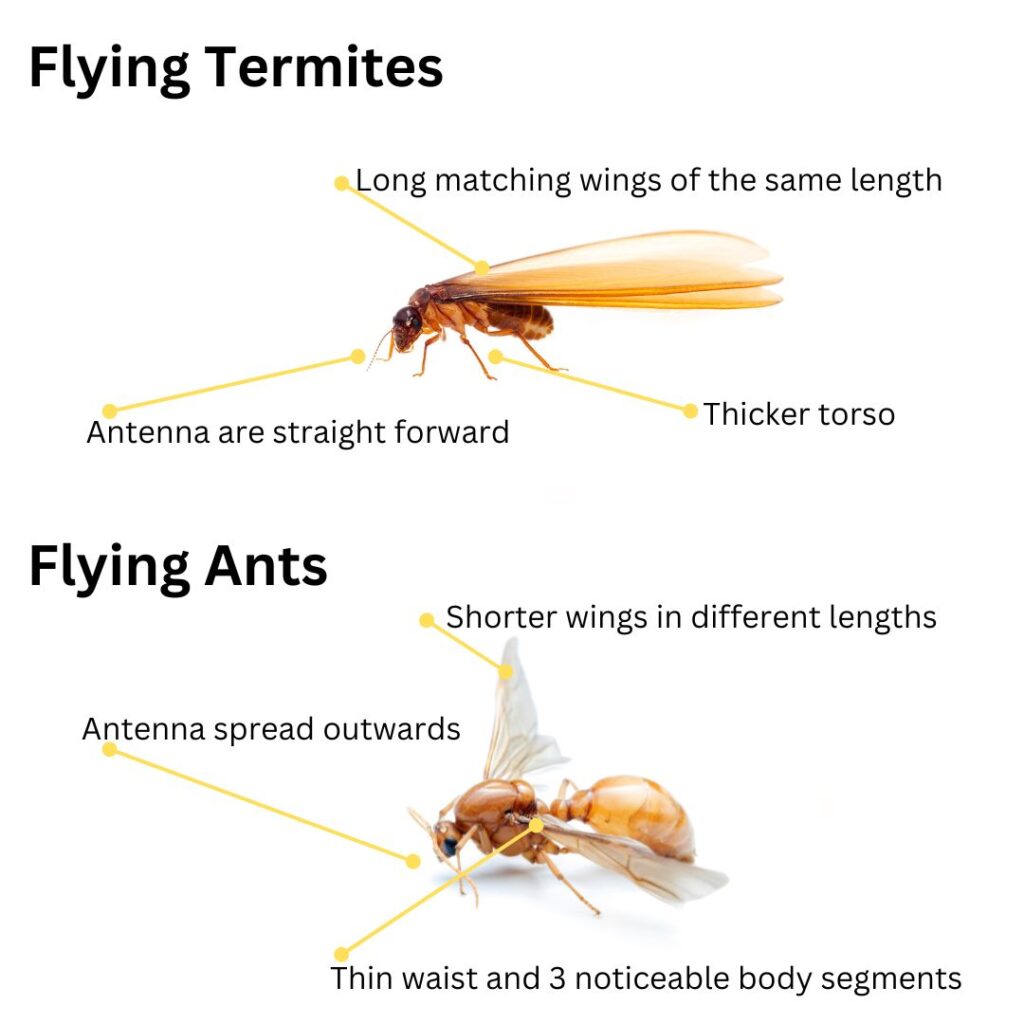
Critical Mistakes to Avoid When Dealing with Flying Termites
While your instinct may urge you to tackle the issue independently, certain actions could complicate future treatments and exacerbate the problem:
- Refrain from Spraying: Although spraying swarmers may eliminate the visible pests, it does not address the underlying colony and can hinder effective future treatment strategies. It's essential to tackle the root cause rather than merely the surface symptoms of the infestation.
- Avoid Sealing Exit Points: If you observe termites emerging from a hole in your walls, do not seal it off. Blocking their exit can force termites to burrow into new areas, leading to increased damage to your home that may be more challenging to repair.
- Don’t Disturb Mud Trails: If you come across mud tubes or trails, resist the urge to disrupt them. Interfering with these structures can hinder a technician’s ability to assess the situation and compromise their treatment plan, ultimately exacerbating the termite problem.
Evaluating the Level of Termite Threat in Your Home
Observing flying termites does not automatically imply that your home is infested. However, it serves as a critical reminder to stay proactive in your pest management efforts. Scheduling an annual termite inspection conducted by a qualified professional is your best defense against potential infestations, allowing for early detection and timely intervention. While the cost of preventive measures may seem like an initial investment, the expenses associated with extensive termite treatment and necessary repairs can quickly escalate to a far greater amount than routine inspections.
Implementing Effective Strategies for Comprehensive Termite Protection in Your Home
Committing to regular annual termite inspections is essential for a robust pest control strategy. Additionally, adhering to the recommendations provided by your pest control technician can further enhance your protective measures. These recommendations may include:
- Timely refills of your reticulation system to ensure ongoing protection against potential infestations and create a barrier against these pests.
- For homes equipped with baiting systems, schedule regular monitoring with your technician to maintain optimal effectiveness and make prompt adjustments as needed, ensuring the system’s reliability.
- If your property lacks a termite barrier, consider investing in one to significantly bolster your defense against possible infestations and protect your property from future threats.
Taking Proactive Measures: Starting Your Termite Treatment Process
There is no wrong time to begin implementing preventive measures; however, it is crucial not to wait until you observe swarmers to take action. The appearance of flying termites may indicate that hidden damage to your property already exists, necessitating immediate attention. Initiating preventative steps now can help safeguard your home year-round, ensuring peace of mind and protecting your investment from potential threats.
At So Pest Off, we are dedicated to empowering you with informed, proactive choices regarding termite protection while steering clear of scare tactics.
Contact us for reliable inspections and effective, transparent solutions tailored to meet your specific needs.
The post Flying Termites: Explore This Essential Action Plan appeared first on https://writebuff.com.
The Article Flying Termites: Your Essential Action Plan for Control Was Found On https://limitsofstrategy.com
The Article Flying Termites Control: Your Essential Action Plan First Appeared ON
: https://ad4sc.com

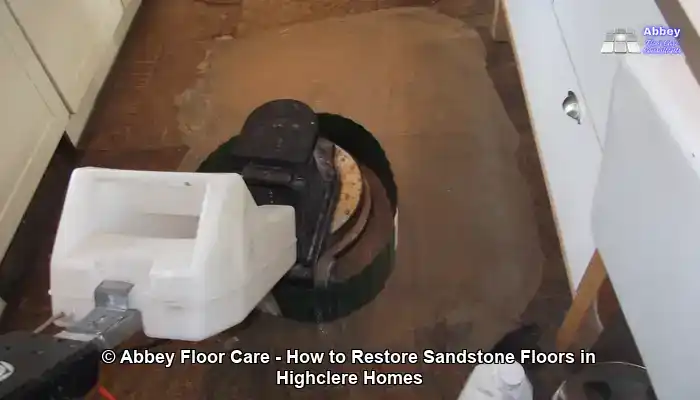

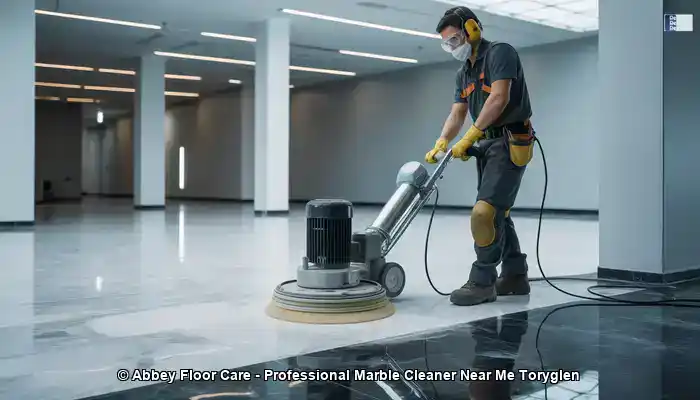
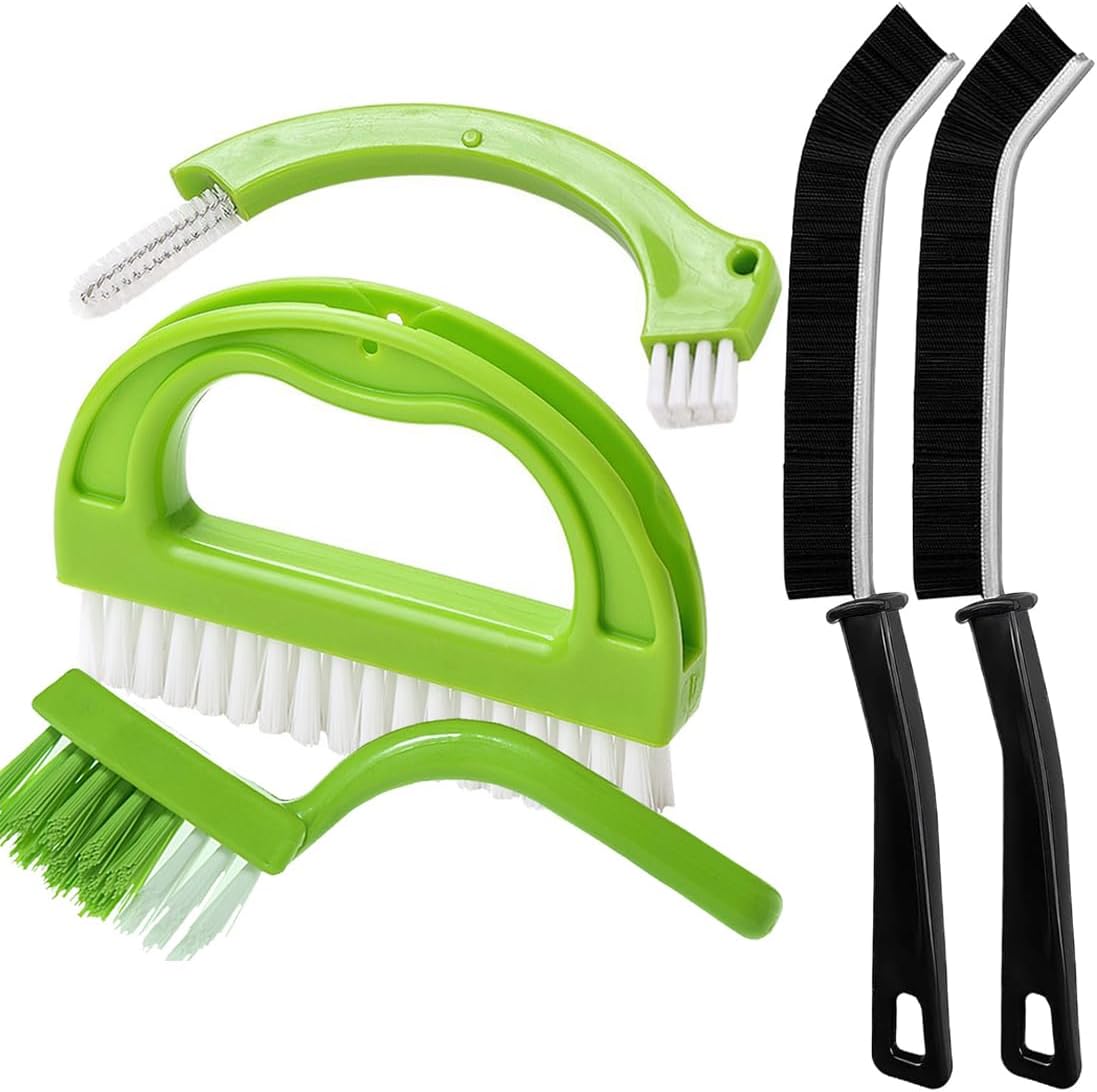

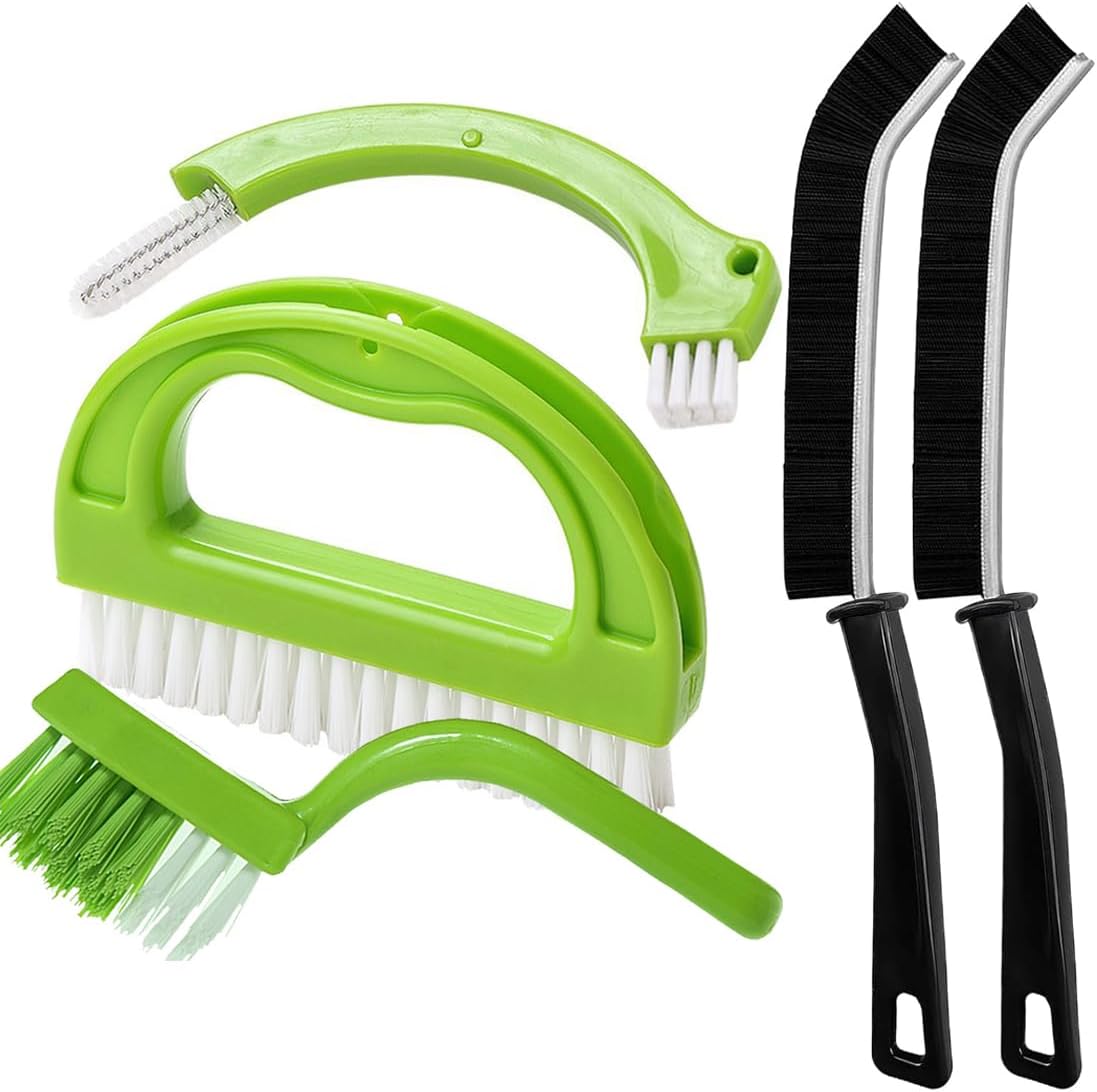



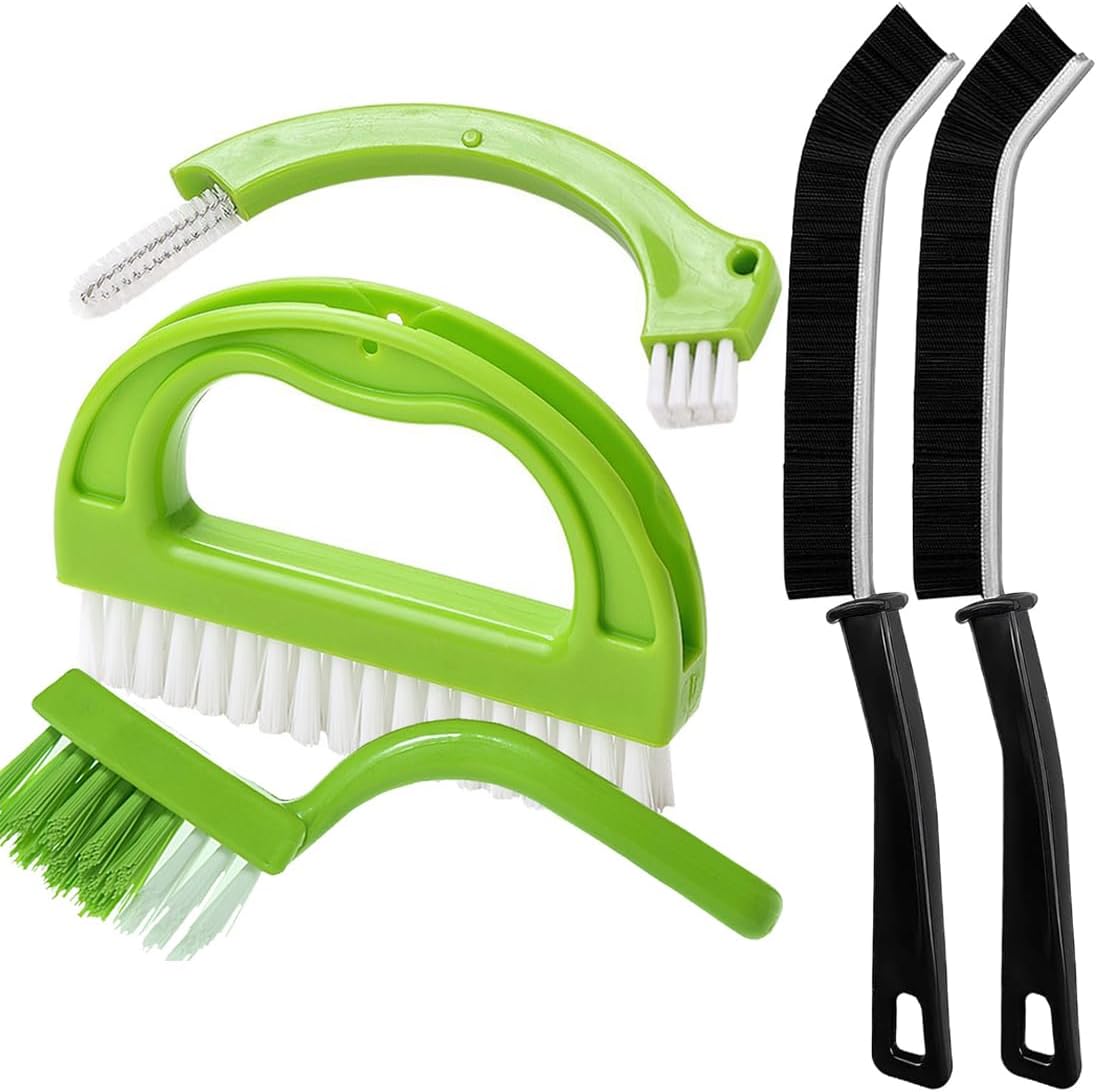

Laura Allison
It’s interesting how easily flying termites can slip under our radar, especially considering how much damage they can do before we even realize there’s an issue. This resonates with me because I actually had an experience a while back where my friend’s home suffered significant damage before they discovered a termite infestation. They noticed a few flying termites during a particularly humid day in the spring but thought it was a one-off occurrence. Unfortunately, by the time they got a professional to take a look, the damage had spread throughout their wooden framework.